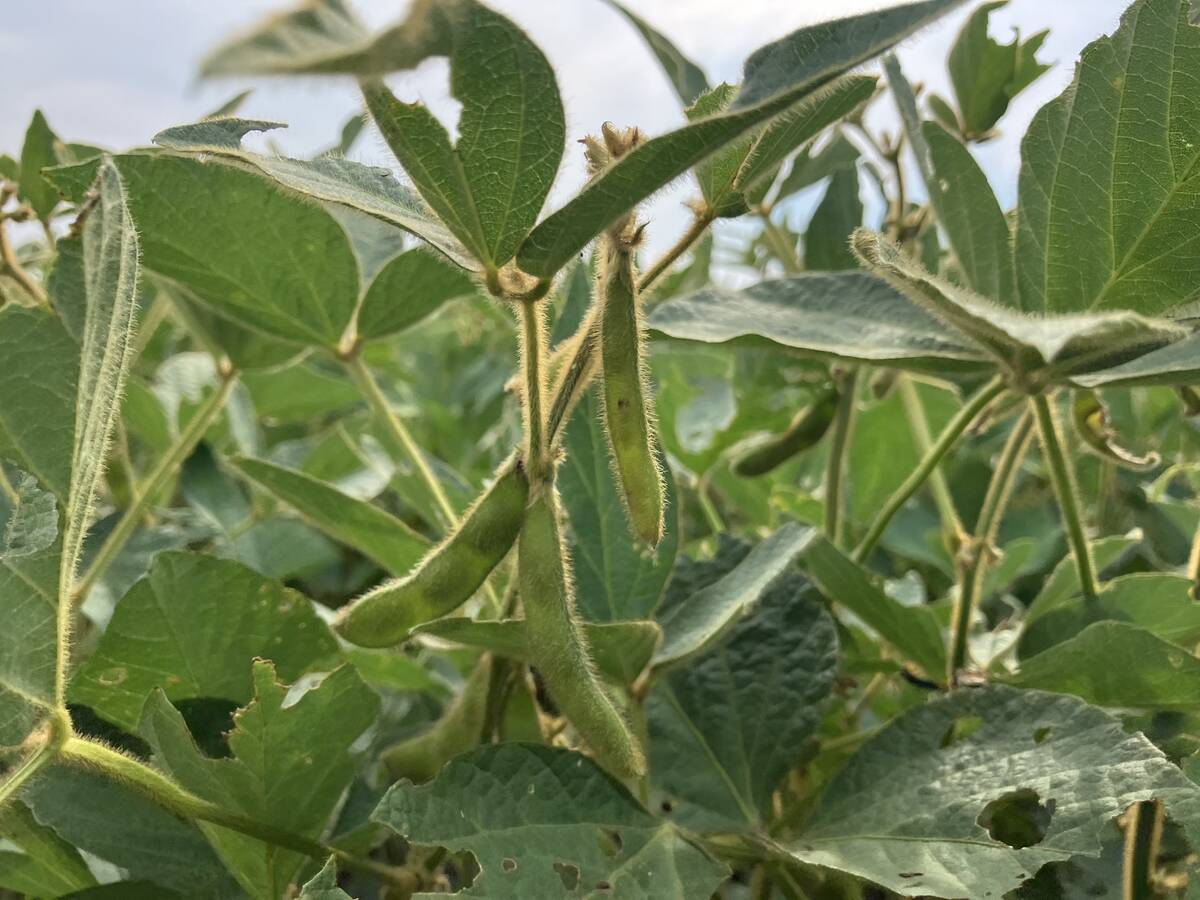WASHINGTON, D.C. (Reuters) — The first of six test sites chosen to perform unmanned aircraft systems research will start flight operations during the week of May 5, says the U.S. Federal Aviation Administration.
The site in North Dakota will begin using a Draganflyer X4ES small UAS, which is essentially a tiny helicopter, with the initial goal to aid agricultural research, including checking soil quality and the status of crops.
Precision agriculture is one of many industries that are thought to represent areas for significant economic opportunity for drone flights.
Read Also

Soybean market still figuring out implications of China-U.S. pact
Soybean futures had a muted reaction to the U.S. trade deal with China as the market tries to figure out the nuances of the deal.
The North Dakota site will also collect operational data on safety and maintenance issues related to drones as the FAA works toward integrating the unmanned craft into the national airspace over the next several years.
Flights in North Dakota will get under way more than two months ahead of a deadline specified by Congress to start the drone research program. The tests are slated to continue for two years.
“These data will lay the groundwork for reducing risks and ensuring continued safe operations of UAS,” FAA administrator Michael Huerta said.
Other test sites, chosen from 25 applicants, are in Alaska, Nevada, New York, Texas and Virginia.














